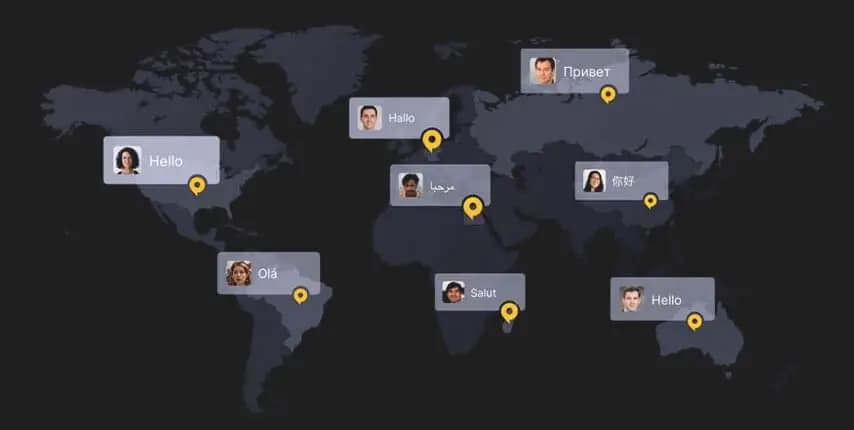Below are some of the differences SEO translation and multilingual SEO:
Cultural Adaptation: Multilingual SEO involves not only translating content but also adapting it to the cultural norms, preferences, and sensitivities of the target audience. Simple translation, on the other hand, focuses solely on linguistic conversion, potentially missing the cultural nuances crucial for resonating with users.
Enhanced User Experience: Localization aims to create a seamless and culturally relevant user experience by tailoring content, images, and design to the specific audience. This results in higher user engagement and satisfaction. In contrast, literal/word-to-word translation may lead to content that feels out of place or confusing for users.
Search Engine Relevance: Search engines favor localized content because it provides a more comprehensive user experience. Localized websites tend to rank higher in search results as they are perceived as more relevant and authoritative by search engine algorithms. Translated content may not have the same impact on search engine rankings.
Keyword Optimization: In multilingual SEO, keyword research is adapted for each target market, ensuring that the content uses the most relevant and high-traffic keywords in the local language. In simple translation, keyword optimization may be overlooked, resulting in less effective SEO.
Global Reach: Localization opens doors to new markets and allows businesses to effectively target diverse audiences worldwide. Simple translation can open the same doors to new markets by providing basic accessibility, but can still be less engaging and connecting with global consumers who require locally and culturally-tailored content.



